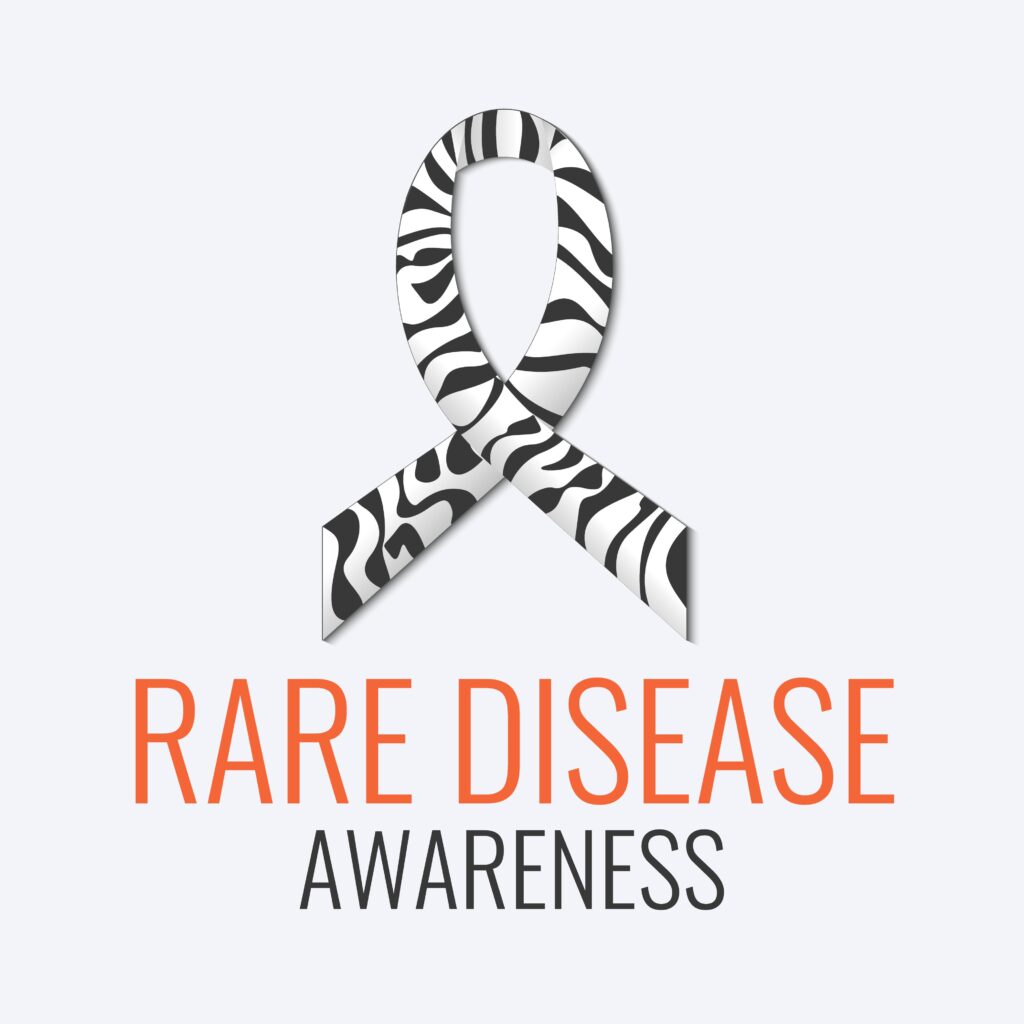Advocacy groups for those suffering from rare diseases within India have voiced their disappointment regarding the National Policy for Rare Diseases 2020 Bill, arguing that – in many cases – the Bill offers no support to those affected by rare diseases at all.
 An estimated one in twenty Indians suffer from illnesses that full under the classification of “rare diseases”. Children account for fifty percent of such cases. Despite this, the illnesses remain neglected, both in terms of funding for research and public awareness. Rare diseases — despite the infrequency that the name implies — cumulatively affect around 350 million people worldwide. This figure includes roughly seventy million Indians.
An estimated one in twenty Indians suffer from illnesses that full under the classification of “rare diseases”. Children account for fifty percent of such cases. Despite this, the illnesses remain neglected, both in terms of funding for research and public awareness. Rare diseases — despite the infrequency that the name implies — cumulatively affect around 350 million people worldwide. This figure includes roughly seventy million Indians.
The draft policy suggests that, under the Rashtriya Arogya Nidhi (RAN), a one-time cost of Rs 15 lakh could be provided to aid a select few conditions falling under the definition of rare disease. For the vast majority, the financial aid will be unavailable. For those who are able to receive the assistance, it will likely be all but useless in covering overall treatment costs.
For some, treatment costs can be as high as several crore rupees annually for the duration of their lives. Such treatment costs, borne out-of-pocket for most, are all but impossible to sustain for the majority of Indian families. The result is a high death toll – simply as a result of patients’ inability to access treatment.
Manjit Singh, president of the Lysosomal Storage Disorders Support Society, offered up his opinions on the matter in exclusive comments to Health Issues India. “This is not even draft policy document,” he said. “It is like reading a document on rare diseases, more like a definition to layman…Most pages refer to definitions… why so? A disease is a disease… why tag it with adjectives and phrases and nouns and pronouns if there is [a] definite cure [or] care to manage that.
“The best part of the document refers to [adding] extensive diseases.. which is appropriately and appreciably part texted by our expert medical and geneticists of India’s Prime Government medical institutions like AIIMS in Delhi, PGI Lucknow, PGI Chandigarh, KEM Mumbai and MAMC Delhi.”
Singh goes on to note that some of the more numerous among the rare diseases are not covered by the policy, with the impact of the Bill brought low by bureaucratic delays. “But sadly, the government has not and had no intentions to make this policy workable. Most of the diseases will not be covered in one time solution of up to Rs 15 lakh’.. [using the] excuse of crowdfunding… and stressing the states to do their best. No patient of lysosomal storage disorders (LSDs) will be eligible. The Ministry and political intention of people at the helm suffer bureaucratic delays and have their hands bound, there doesn’t seem to be any way forward. It’s just an eye wash.”
The policy has largely deferred funding to the Pradhan Mantri Jan Arogya Yojana (PMJAY) or Ayushman Bharat, allocating Rs 5 lakh per family, per year for those who are considered economically vulnerable. This coverage is unlikely to fully account for the costs of many rare diseases due to the often excessive prices that the drugs needed market for.
Rare diseases fall into an unfortunate position regarding funding. While collectively they affect a large number of people, each individual disease may affect only a few thousand individuals worldwide. In many cases, research into these conditions is scarce, making their treatment — or even simply managing the conditions — particularly difficult or all but impossible.
When treatments do exist, they are often excessively expensive. This is due, in part, to the relative expense of research and production of a medication that may only be used by a small number of people. Where medications such as antimalarials can be expected to be made by multiple manufacturers and exported across the global market, medications for a rare disease are likely to be made by a single company, with stockpiles low in any given area due to lack of demand — again driving up their expense.
Rare diseases are most common among children. This is due to the genetic basis of the vast majority of these diseases. As a result, many without treatment — either through treatments simply not being developed or through lack of access — will die during childhood.
“Instead of a sustainable model to finance treatment, the policy speaks of competing interests in allocating public health resources for “maximising the overall health outcomes for the whole all of society” says Malini Aisola, co-convenor of the All India Drug Action Network.
Under India’s restrictive healthcare budget, the Bill has made the decision to allocate funding to areas with a more wide-scope of impact. Such a decision may provide additional funds for areas of healthcare that may apply to a greater number of people. However, the approach is unlikely to be well-received – as early responses indicate.

